Shock Absorber
60 day Maintenance
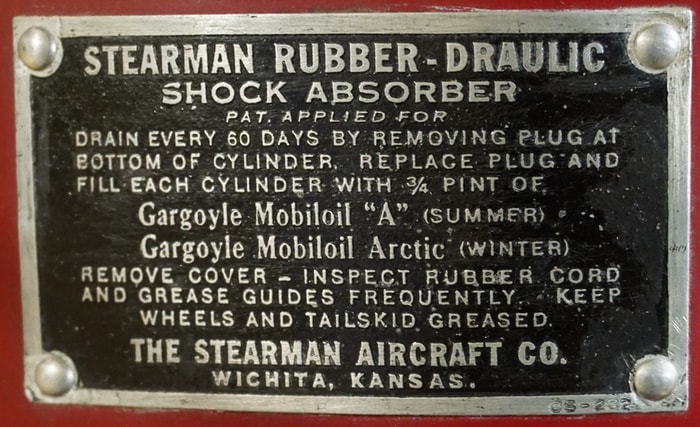
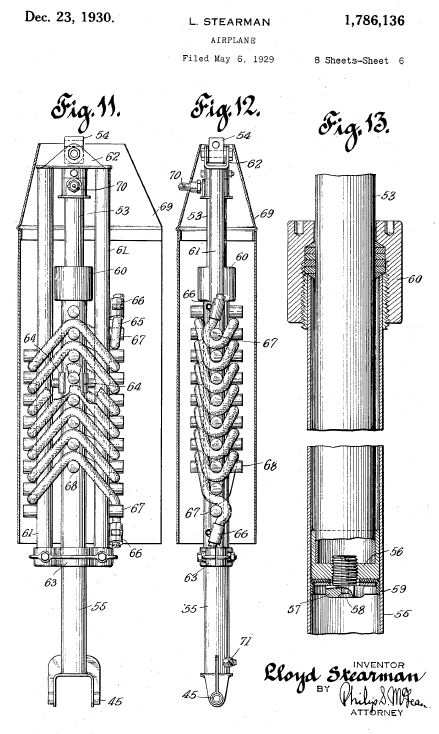


www.sweethaven02.com - Aviation Maintenance Handbook Chapter 3 - Aircraft Fabric Covering
Regardless of treatments, organic fabrics have a limited lifespan; cotton or linen covering on an actively flown aircraft lasts only about 5–10 years.
According to (Wikipedia): Grade A cotton would typically last six to seven years when the aircraft was stored outside
A little history of the Stearman aircraft, model C2B. The first of these aircraft came off the assembly line in Wichita, Kansas in January of 1928. Over the years this model flourished and with changes from time to time was used for many purposes. In the 1930’s and 40’s nearly 10 thousand were built and used by the military to train pilots. In that mode it was designated the PT-17 (Primary trainer). Following WWII, many were converted for use in agriculture as crop dusters which required an engine with far more horsepower.
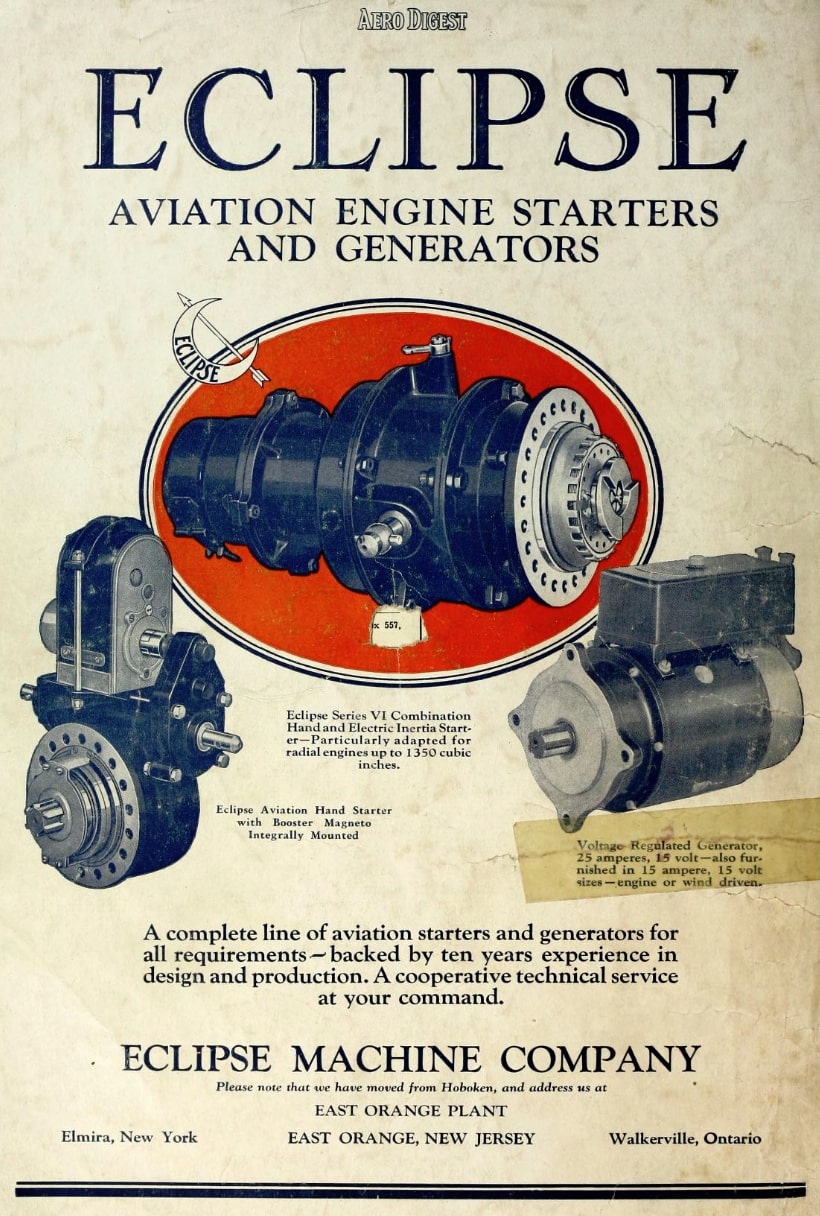
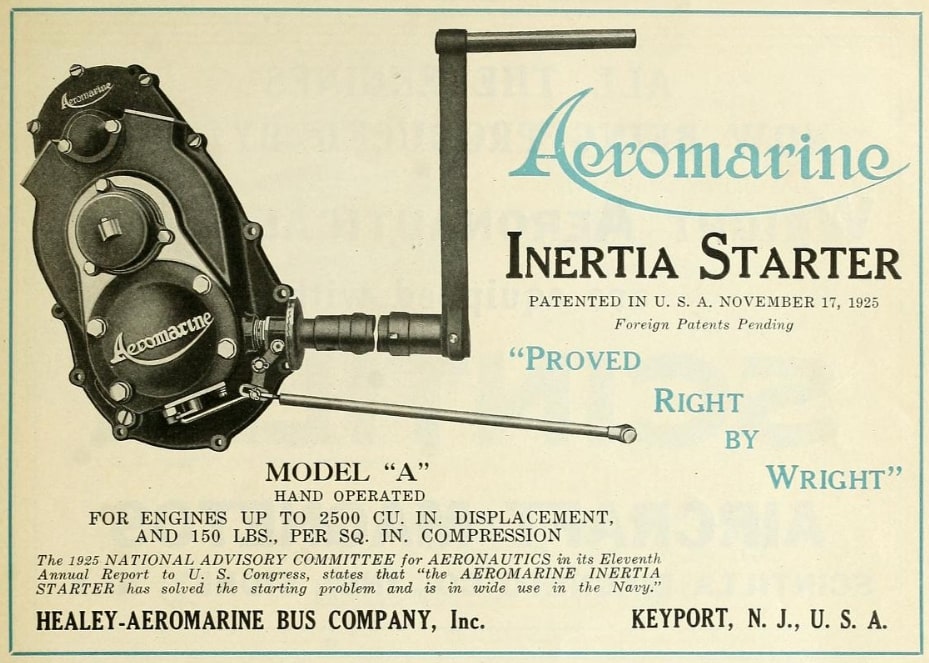
Stearman N5415 that you see here in Hanger 1 was built in the first year of production, 1928. It was first sold on April 13th, 1928 to Walter Varney in San Leandro, CA without an engine. The equipment that was installed included a flight indicator, a Waltham 8 day clock, a speed and drift indicator, navigation lights with battery container, wiring and equipment for landing lights and Wiley flares. Many early aircraft had 2 or 3 flares mounted inside the wing with an easily dislodged cover on the underside. If a pilot was flying at night and had an engine failure or other emergency, he or she could cause the flares to be released and illuminate the ground below the plane.
Other data about this plane includes that it has a 220 HP Wright J-5, 9 cylinder engine. There is an engine data plate on the front of the engine under the crankshaft. The edge of the data plate is visible if you look with a flashlight. With a flashlight and a flexible inspection mirror, you can read the data plate (backwards). Its upper wing span is 35 feet, and the lower 28 feet. The plane is 24 feet, 9 inches long and it has a cruising speed of 104 miles per hour.
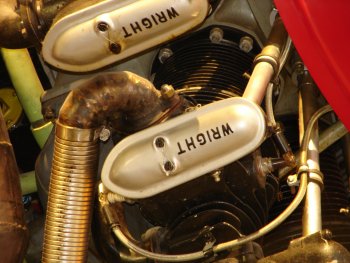
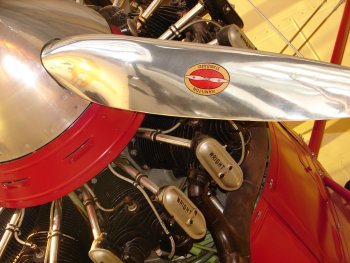
-- - --
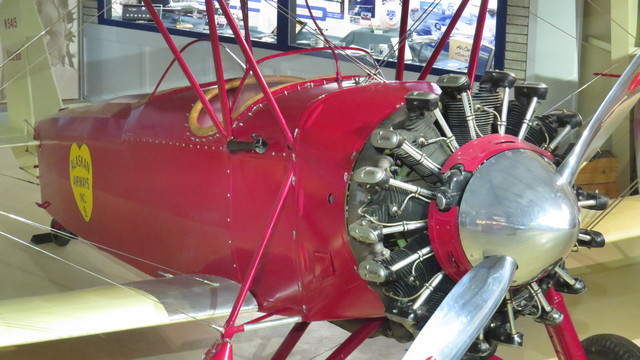
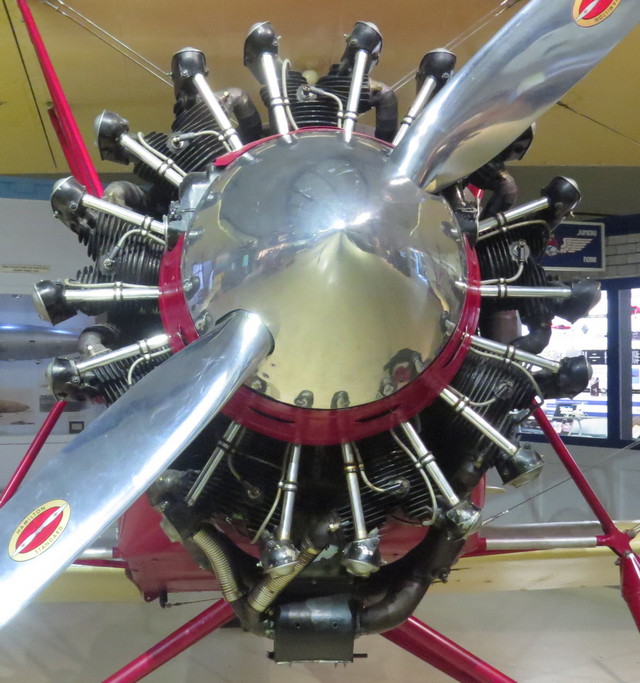
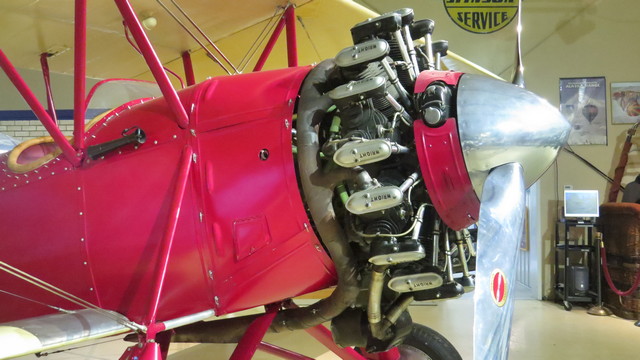
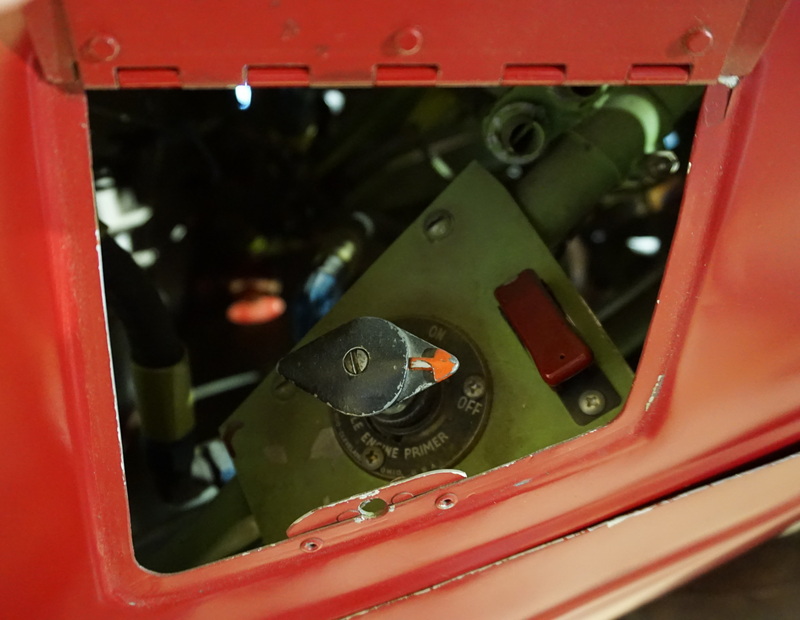
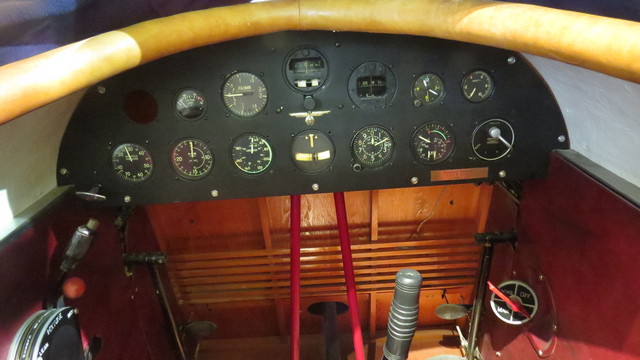
| Cylinder Head Temp | Vertical Speed Indicator | Directional Gyro / Slip Skid | Compass | Clock | Suction Gauge | |
| Manifold Pressure | Tachometer | Airspeed | Turn & Bank | Altimeter | Oil Temp/ Pressure | Mag Switch |
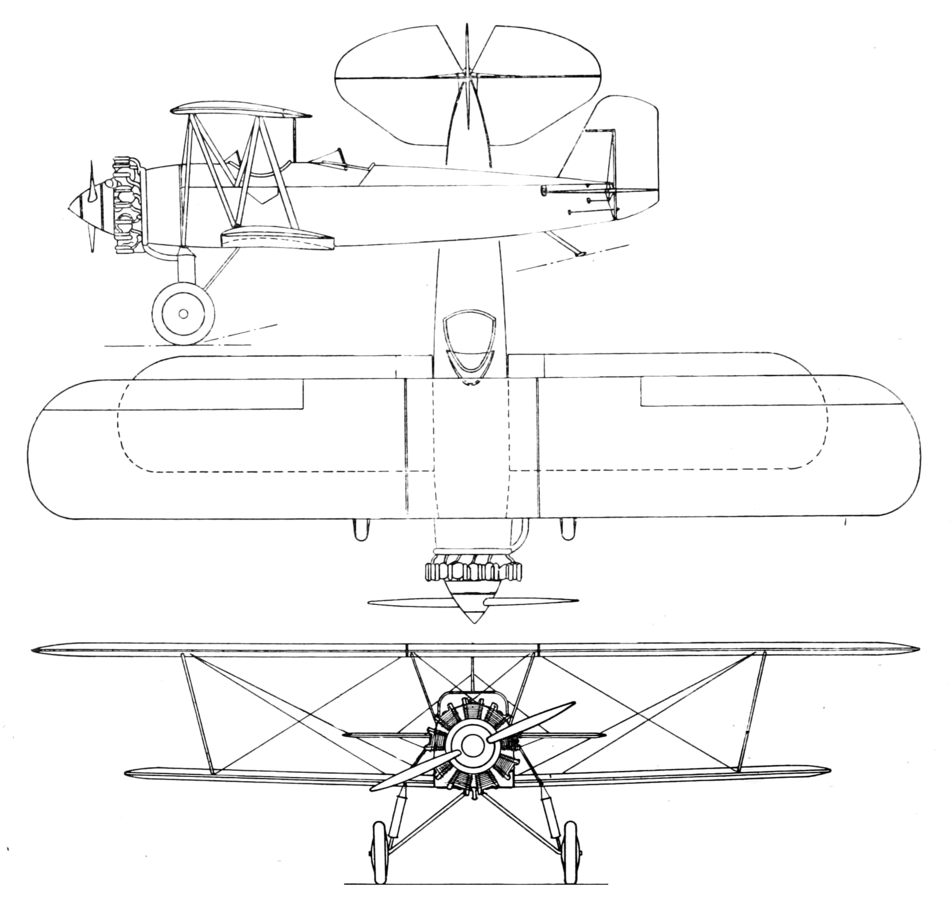
11 April 1928 - Build Date
11 June 1928 - Sold to the Arctic Prospecting & Developing Company, Fairbanks, Territory of Alaska. This document states the model number as a new C2B with a rebuilt Wright whirlwind J4B engine.
April 1929 - Accident landing with wheels on snow covered Walker Lake, 260 miles northwest of Fairbanks
1 November 1929 - Application for Commercial License states the aircraft was completely rebuilt, including a new set of wings, the fuselage was recovered and the motor rebuilt by Thomas Gerard, Master Mechanic.
12 November 1931 - Operation Inspection report, form AB-80, states the aircraft is a C2B with C3B wings, the center section had been rebuilt and the ship recovered completely.
8 November 1932 - Accident at Skagway, Territory of Alaska.
13 March 1933 - Northwest Air Service, an approved repair station located at Boeing Field in Seattle, WA completed major repairs which included replacing or repairing most of the landing gear, lower fuselage structure and the wings.
?? January 1936? - Accident?
11 February 1936 - Letter from the Dept. of commerce notifying Pacific Alaska Airways Inc that NC4515, S/N 121, had been found unairworthy and the NC must be removed from the aircraft before it was flown again.
10 June 1936 - Application for Commercial License by Cordova Air Service, shows aircraft on Edo 9-3300 floats and that the end struts and the right front center section strut had been shortened 3/4 of an inch.
7 March 1938 - Accident
12 April 1938 - Repair and Alteration form documents extensive repairs to fuselage, engine and propeller.
29 April 1938 - Accident
15 May 1938 - Repair and Alteration form documents replacing plywood leading edge of both upper wings and the center section. Both upper wings recovered.
10 September 1938 - Accident
12 October 1938 - Repair and Alteration form documents repairs to wings and the replacement of the right landing gear.
4 March 1939 - Airworthiness Certificate issued.
4 June 1939 - Aircraft inspection report gives the aircraft total time as 2,039.50 hours.
2 July 1939 - Accident
1 August 1939 - Repair and Alteration form documents replacement of left landing gear and minor repairs to lower left wing.
September 1939 - Accident
- - - - - - - - - - - - - - - - - - - - - - - - - - -
27 September 1978 - FAA form 337's document the extensive repairs made by Les R. Kares after obtaining the aircraft. This included replacing the aluminum firewall with one of stainless steel, rebuilding the wings and center section and recovering the aircraft with Stits fabric.
Stearman Boeing 4.76 Gallon Oil Tank- Part # E75NI-3002
.jpg)
.jpg)
| Oil Capacity | 4.76 Gal. |
| Total Cap. | 6.36 Gal. |
| Part No. | E75N1-3002 |
| Model: | PT13D – N2S-5 |
| Mtrl. Spec. | A-359 ½ H |
| Weight Empty | 9.18 lbs |
| Contract No. | AC19041 |
| Boeing Airplane Company Wichita Division Wichita, Kansas |
|